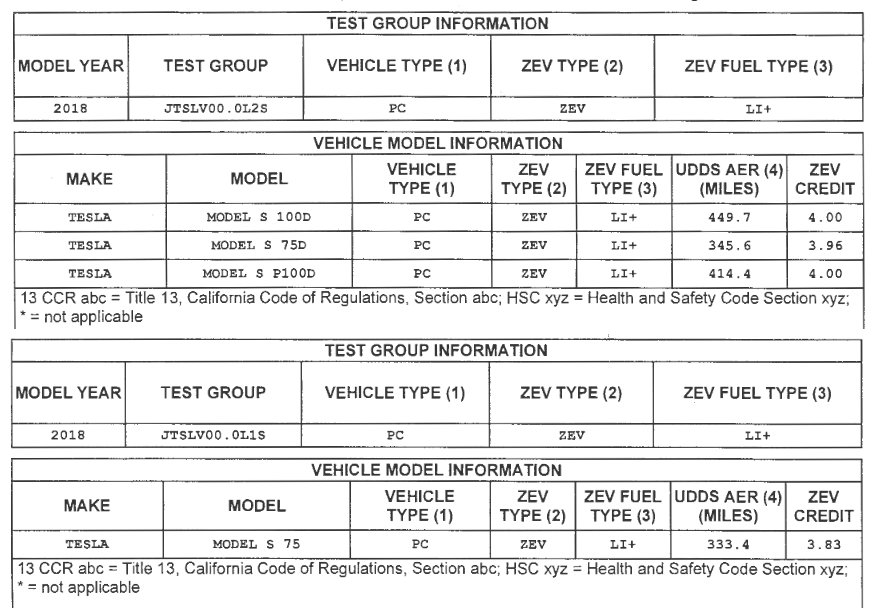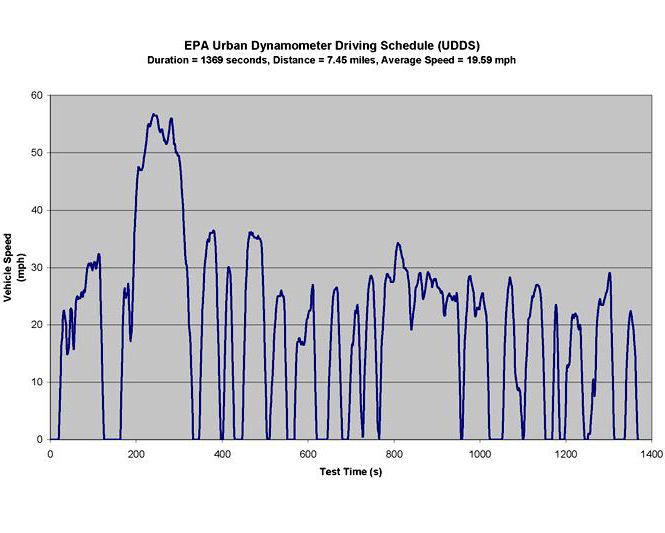California ARB just posted their certification for the Model 3 AWD and Performance Models. The listed UDDS is 455.32 miles versus 495.1 miles for the RWD.
https://www.arb.ca.gov/msprog/onroad/cert/pcldtmdv/2018/tesla_pc_a3740023_0_z_e.pdf
https://www.arb.ca.gov/msprog/onroad/cert/pcldtmdv/2018/tesla_pc_a3740022_0_z_e.pdf
https://www.arb.ca.gov/msprog/onroad/cert/pcldtmdv/2018/tesla_pc_a3740023_0_z_e.pdf
https://www.arb.ca.gov/msprog/onroad/cert/pcldtmdv/2018/tesla_pc_a3740022_0_z_e.pdf
Last edited:




